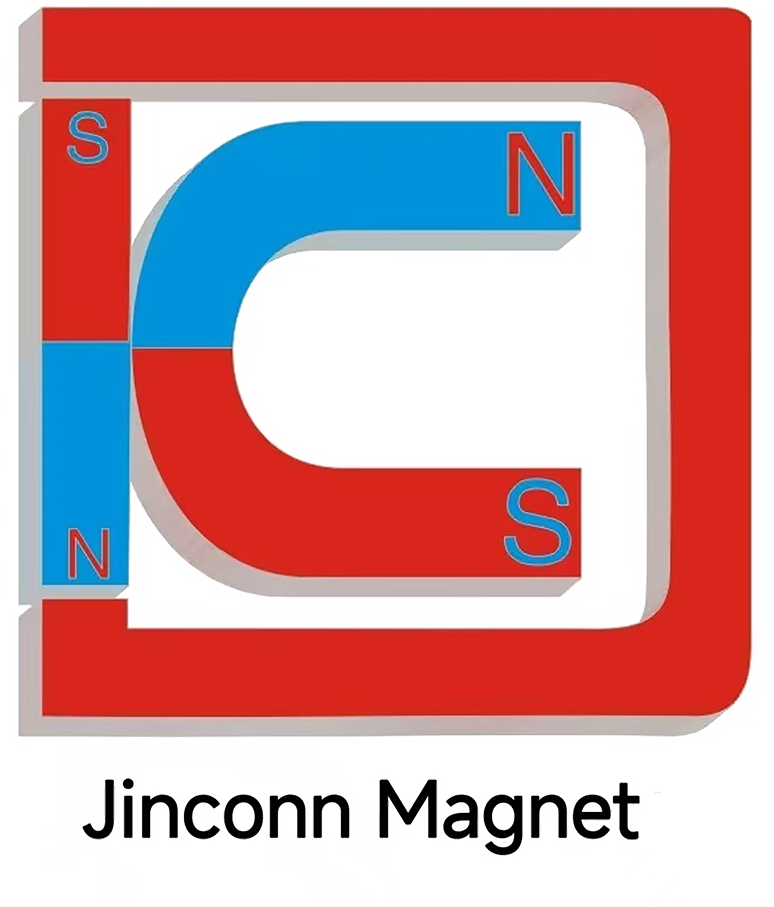Rare Earth Magnets vs. Other Magnet Types: Applications and Technological Advances
Rare Earth Magnets vs. Other Magnet Types: Applications and Technological Advances
In the world of magnet technology, understanding the differences between rare earth magnets—such as NdFeB permanent magnets and SmCo magnets—and other magnet types is critical for making informed decisions in engineering, manufacturing, and product design. This article examines the strengths and unique properties of rare earth magnets in contrast to ferrite, Alnico, and flexible magnets, focusing on how their high performance, precision customization, and strong magnetic force shape modern industry.
1. Rare Earth Magnets: The Innovation Leaders
Rare earth magnets, primarily neodymium (NdFeB) and samarium cobalt (SmCo), have revolutionized industries requiring powerful magnetic force in a small volume. NdFeB permanent magnets are renowned for their unmatched energy density and are the preferred choice when both high performance and miniaturization are essential. SmCo magnets, while slightly less powerful, are highly valued for their superior high temperature resistance and corrosion resistance, making them vital in aerospace and high-stress environments.
2. Ferrite, Alnico, and Flexible Magnets: Where They Excel
While ferrite magnets are not as powerful as rare earth options, they are cost-effective, operate well at high temperatures, and resist corrosion. These characteristics make them ideal for automotive sensors, loudspeakers, and household appliances. Alnico magnets, with their unique ability to maintain magnetic properties at elevated temperatures, are favored for precision instruments and some industrial applications. Flexible magnets, meanwhile, are used for signage, marketing, and situations requiring versatile shapes.
3. Precision Customization and Industrial Applications
Precision customization (精密定制) has become a crucial aspect in magnet selection. Whether for electric vehicle motors, wind turbine generators, or robotic automation, rare earth magnets can be tailored to exact specifications, delivering high performance and strong magnetic force even in extreme conditions. This level of customization is less achievable with ferrite or flexible magnets, which are best suited to standard applications where cost and durability are key.
4. The Impact of Technological Advances
Recent advancements in magnetic material research have led to the development of high temperature resistant rare earth magnets. These magnets maintain strong magnetic force and reliability in demanding settings, such as automotive powertrains and renewable energy installations. Precision machining and coating technologies further enhance the value of rare earth magnets, enabling magnetic solutions that are both high-performing and durable.
5. Choosing the Right Magnet Type for Your Needs
- Required magnetic force and energy density
- Environmental conditions (temperature, humidity, corrosion)
- Need for custom engineering and precision
- Budget constraints
By aligning your requirements with the strengths of each magnet type, you ensure the highest efficiency, performance, and product longevity.
SEO Keywords (for reference):
- NdFeB permanent magnets
- high performance
- high temperature resistant
- rare earth magnet
- magnet type
- precision customization
- strong magnetic force




Jinconn WeChat









